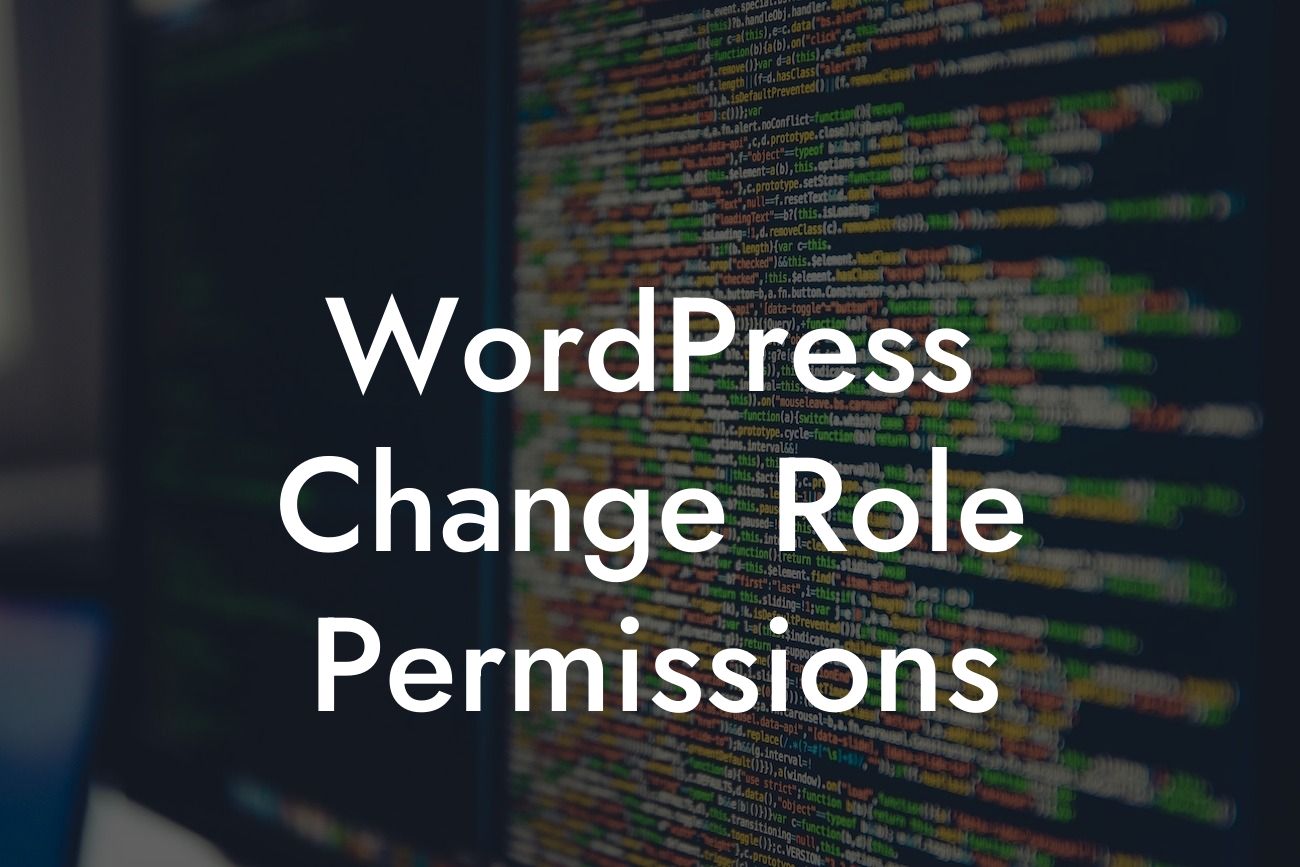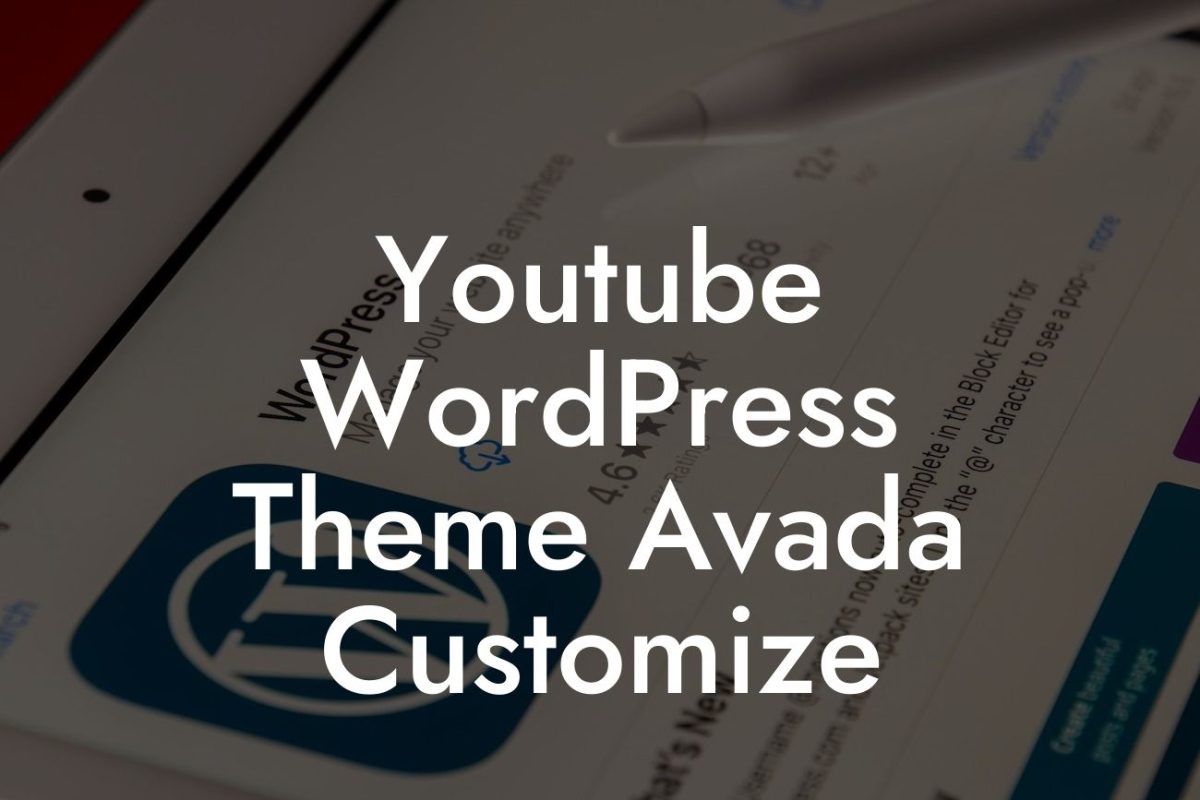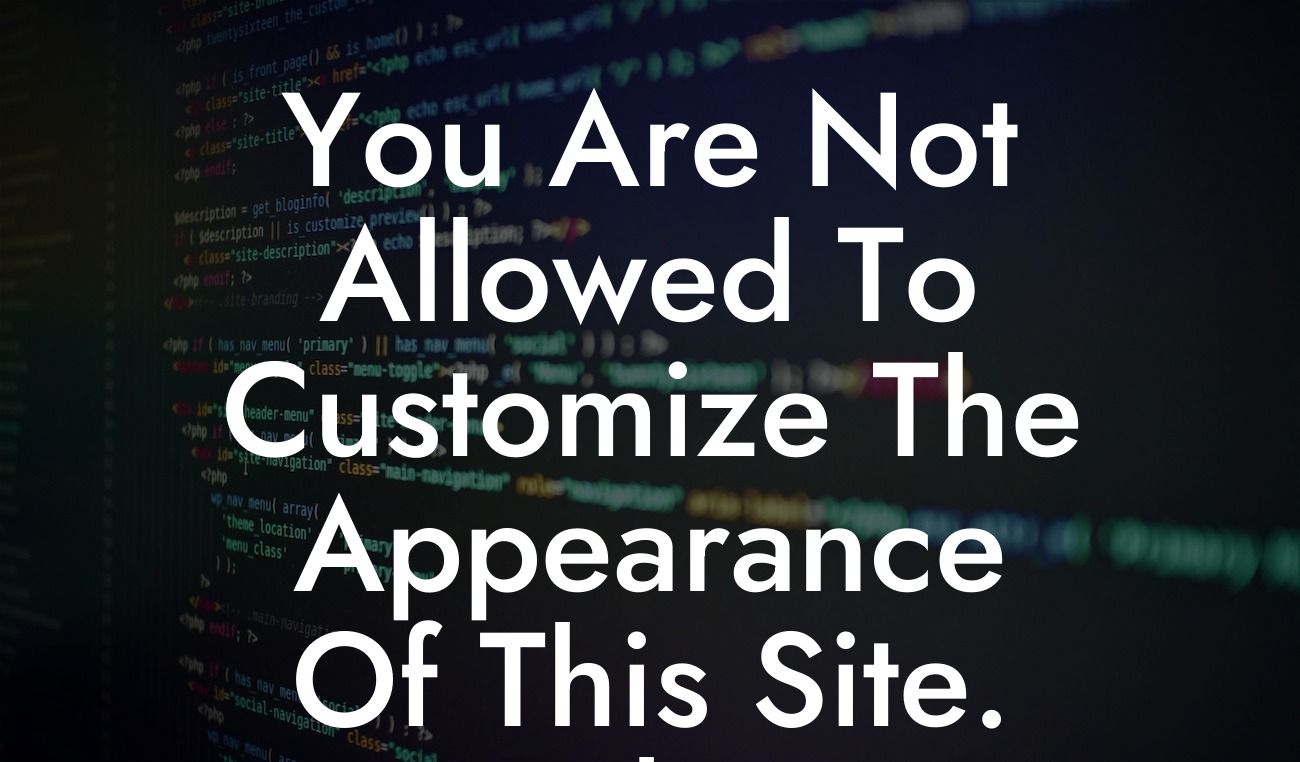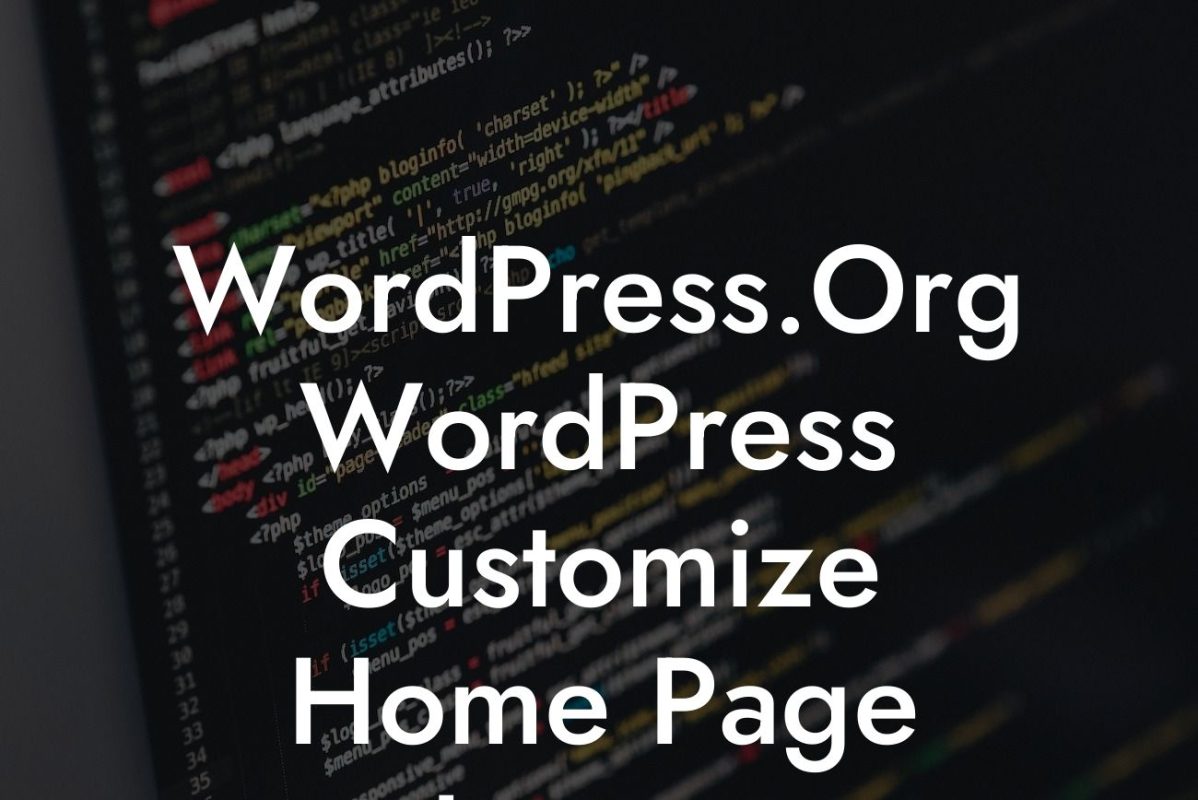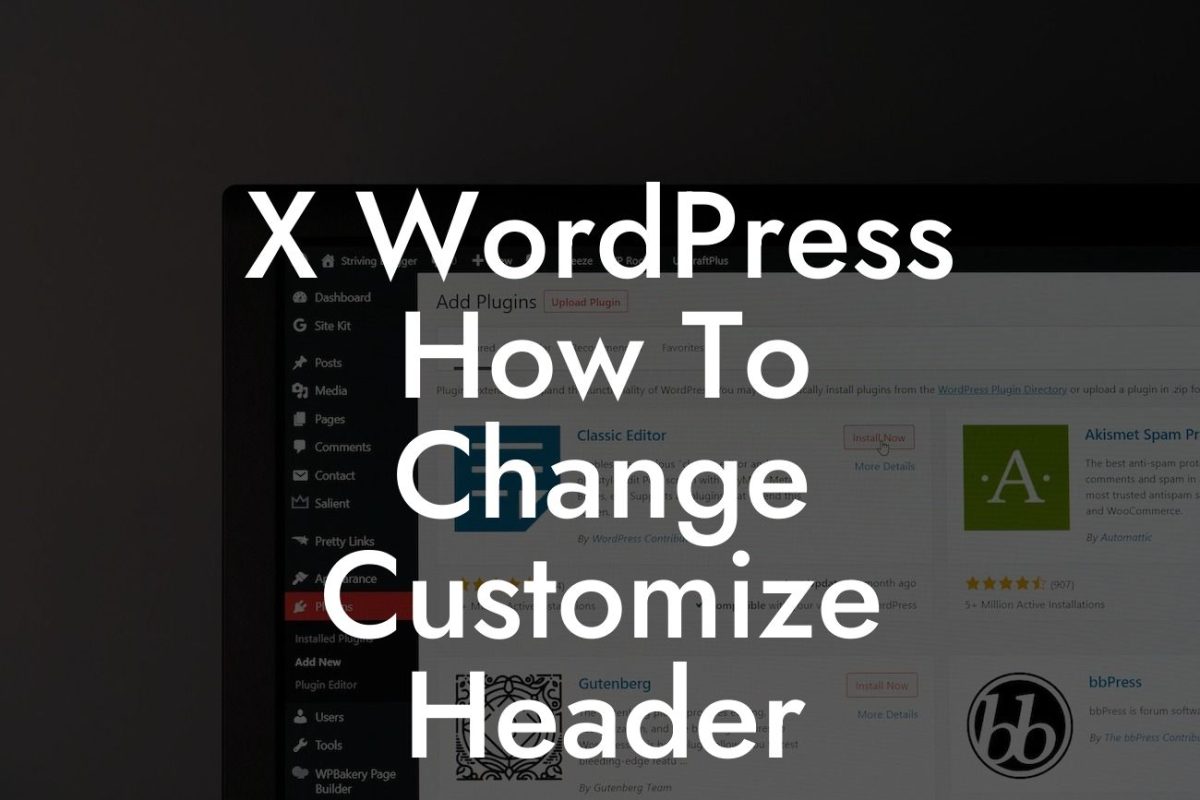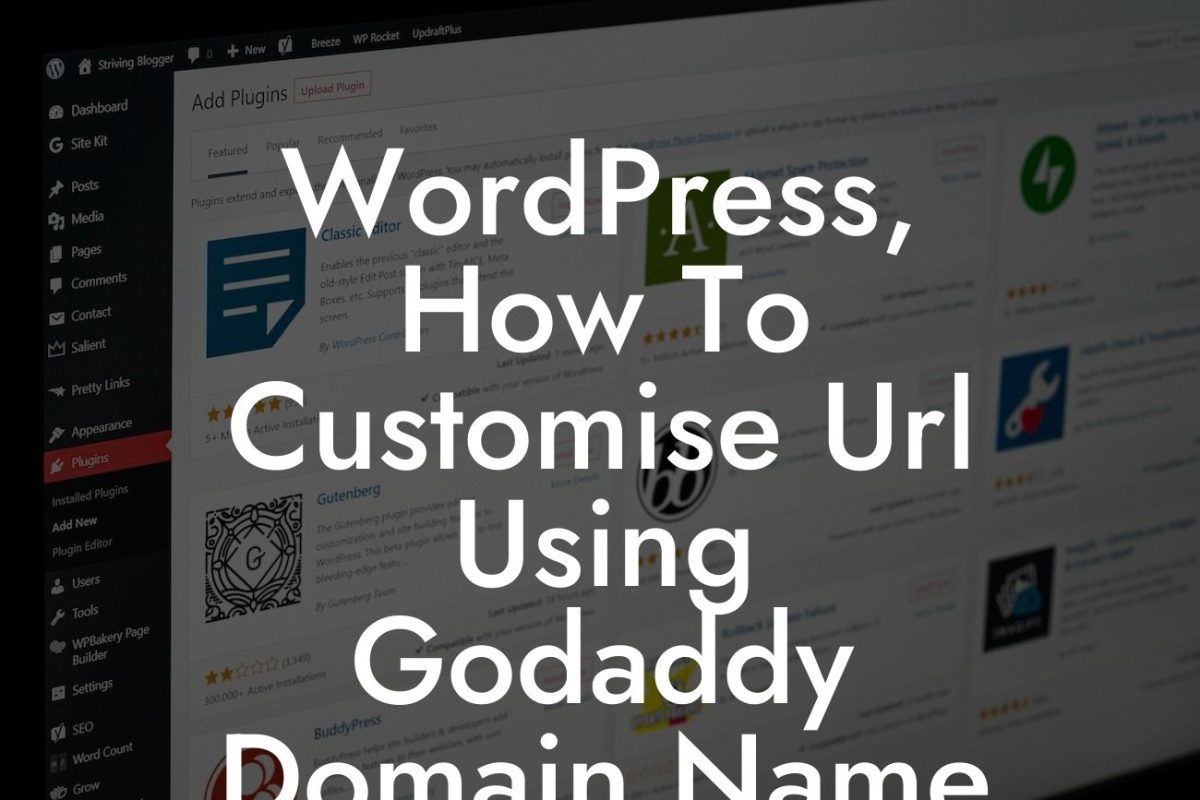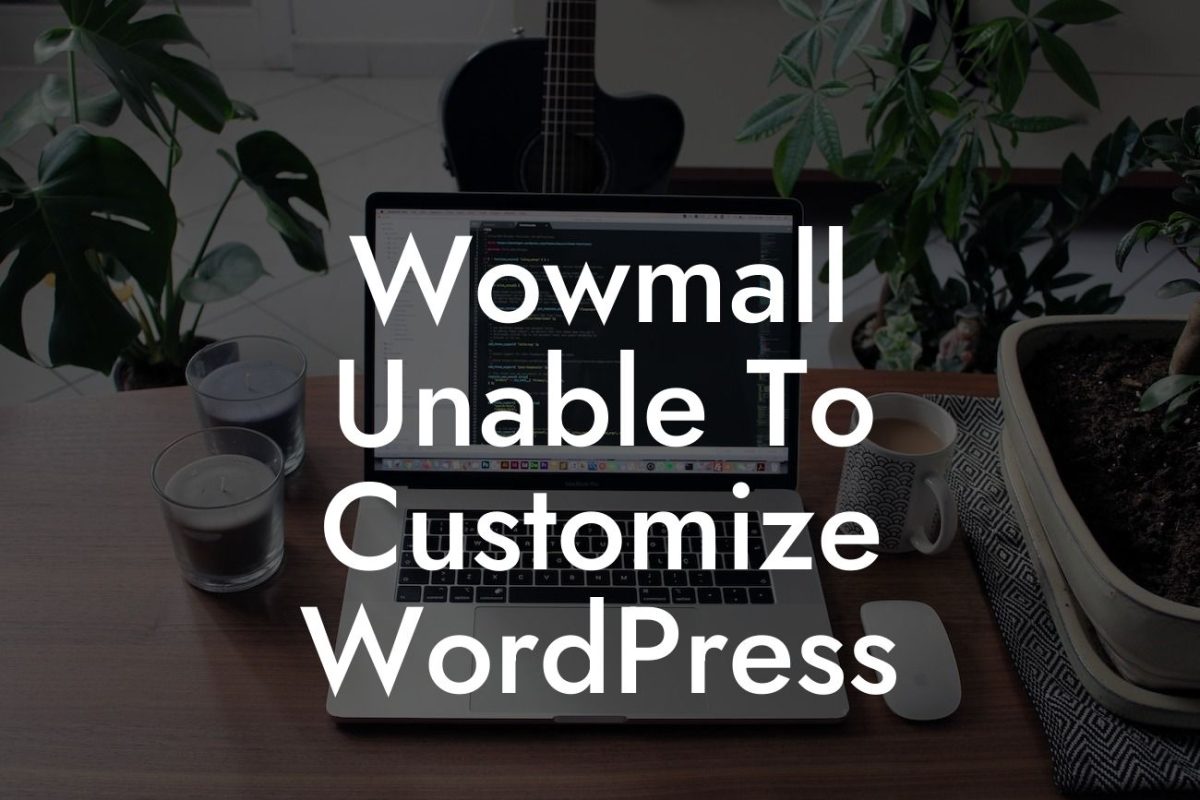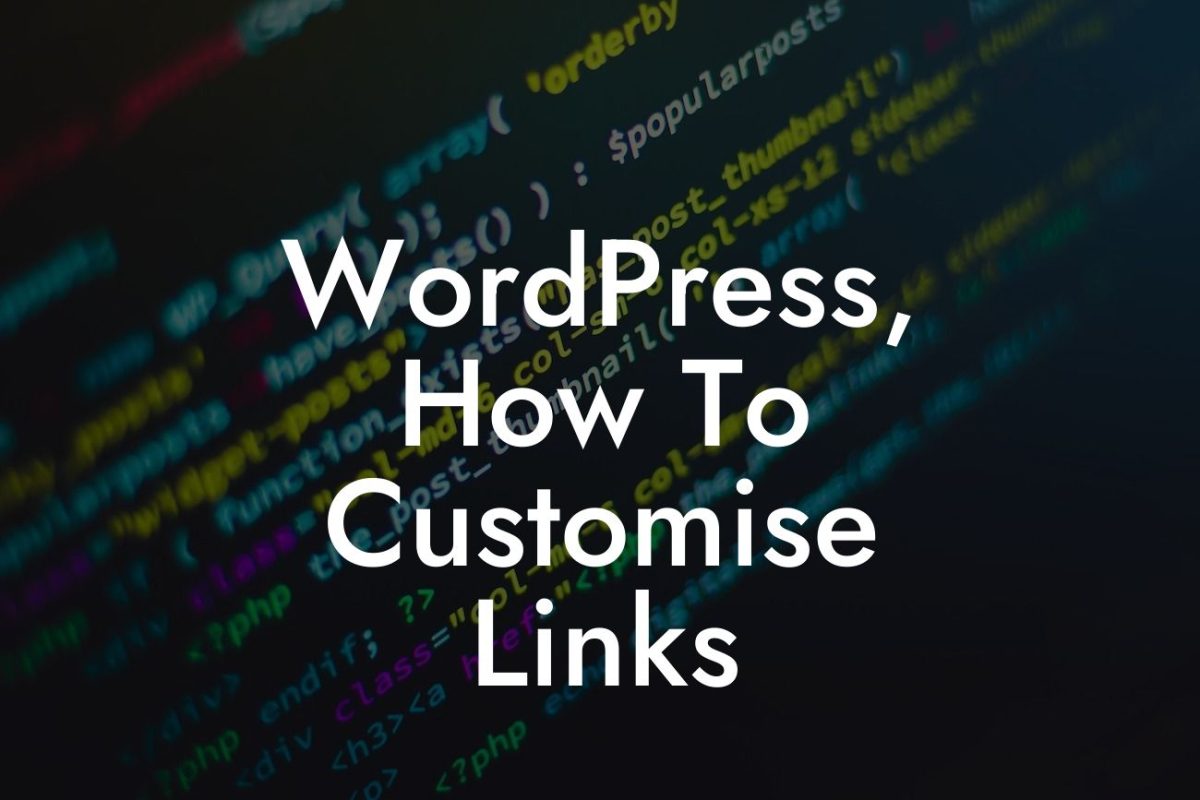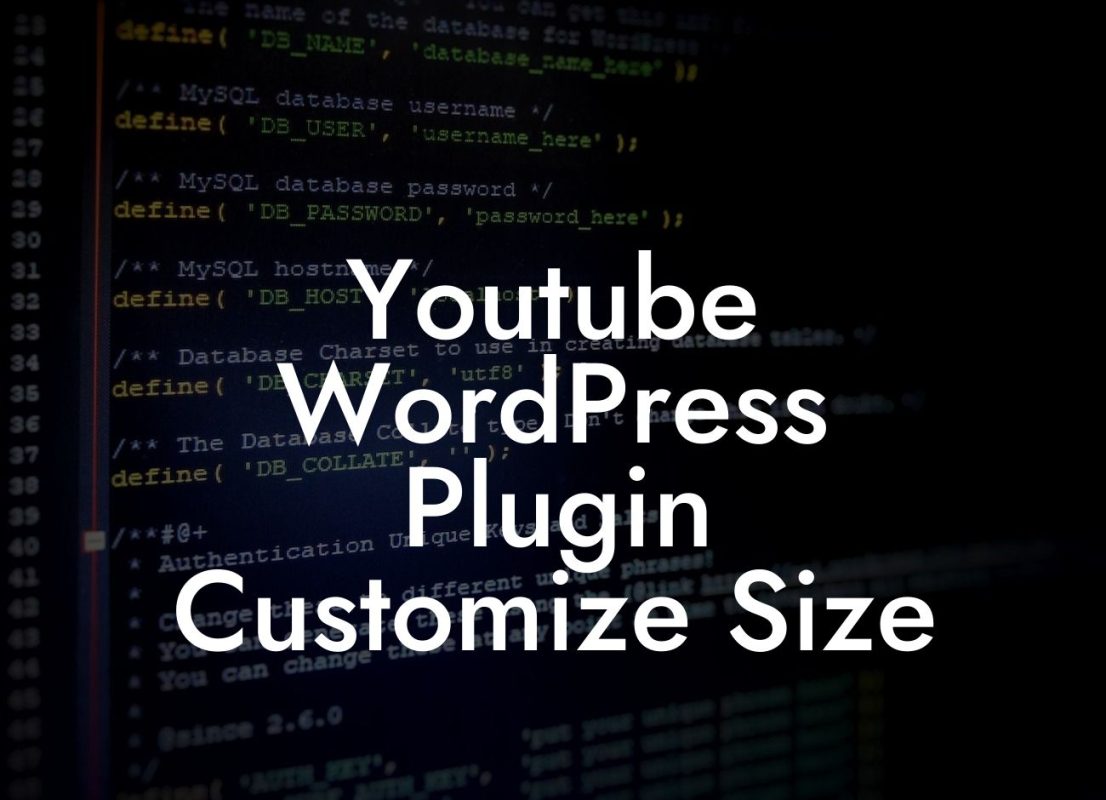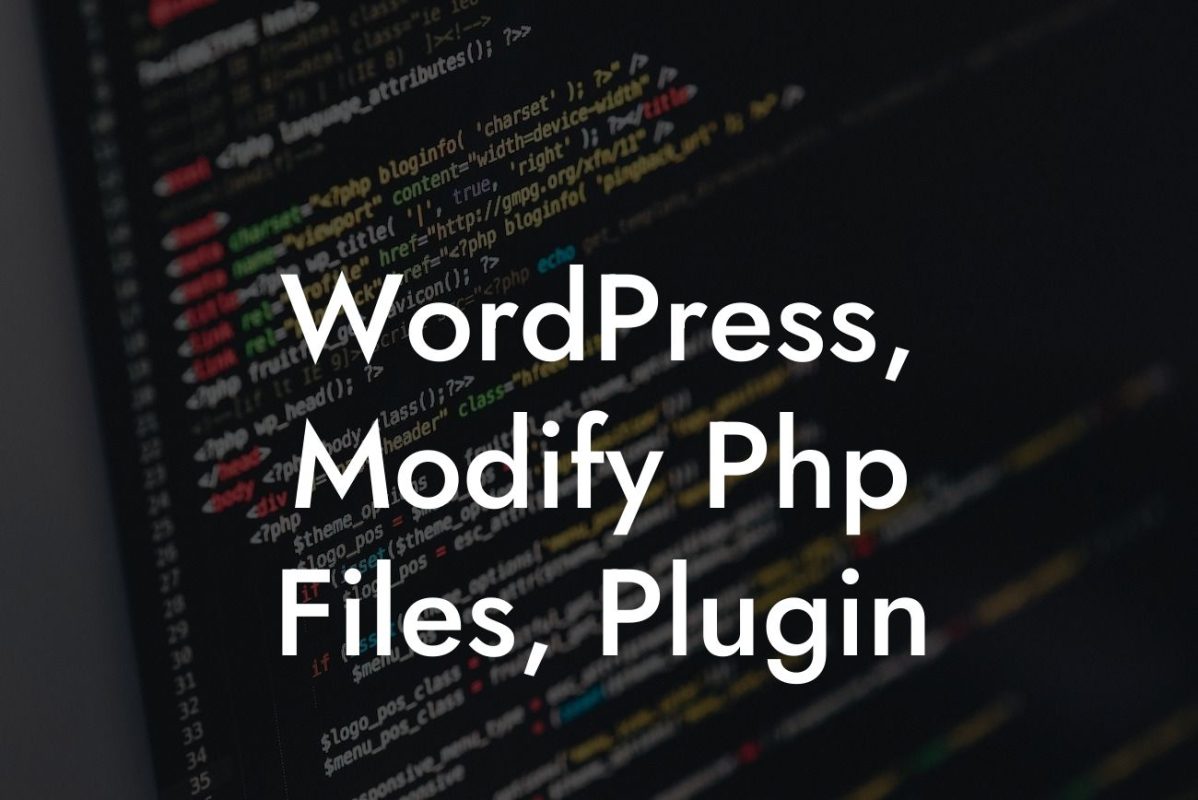Managing user roles and their permissions is an essential aspect of running a successful website. Whether you're a small business owner or an ambitious entrepreneur, mastering the art of controlling user access in WordPress can give you the flexibility to customize your website's functionality, enhance security, and streamline your workflow. In this article, we will delve into the intricate world of changing role permissions in WordPress, providing you with step-by-step instructions, practical examples, and expert tips to optimize your website's user management. So buckle up and get ready to empower your online presence with the extraordinary capabilities of DamnWoo plugins.
Changing role permissions in WordPress allows you to define and assign different levels of access to users based on their roles. By default, WordPress offers six pre-defined user roles: Administrator, Editor, Author, Contributor, Subscriber, and Super Admin (for multisite installations). However, you may find that these roles don't fully align with your website's specific needs. Thankfully, DamnWoo plugins offer a seamless solution for customizing and fine-tuning role permissions to suit your requirements.
To begin, let's explore the process of changing role permissions in WordPress:
1. Identify the Desired Changes:
Before diving into the technical aspects, it's crucial to map out the modifications you wish to make to your users' roles and permissions. Consider what additional privileges or restrictions you want to assign, ensuring that your changes align with your website's overall goals and security measures.
Looking For a Custom QuickBook Integration?
2. Choose the Right DamnWoo Plugin:
Next, select the DamnWoo plugin that best caters to your specific needs. DamnWoo offers a range of powerful WordPress plugins, each designed to elevate your online presence in unique ways. Whether you require advanced user management, enhanced content security, or smoother workflow automation, DamnWoo has you covered.
3. Install and Configure the Plugin:
After choosing the suitable plugin, install and activate it on your WordPress website. Once activated, you can access the plugin's settings within your WordPress dashboard, where you can fine-tune your users' roles, permissions, and access levels.
4. Customize User Roles:
Now it's time to personalize your user roles. With the DamnWoo plugin of your choice, you can create new roles or modify existing ones with precise control over their permissions. Adjust access to specific pages, content, menus, settings, and more. This granular control empowers you to seamlessly manage different user categories and maintain a secure and streamlined website.
Wordpress Change Role Permissions Example:
Let's imagine you run a thriving online store using WordPress. You have a team of content creators, staff members, and customer support representatives, each requiring varying access levels. By using a DamnWoo plugin, you can create a customized user role called "Product Manager." This role would have permissions to add, edit, and delete product listings, whereas other roles may not. With this tailored access control, you ensure that the right users can perform their tasks efficiently while maintaining data integrity and security.
Congratulations! You now possess the knowledge to change role permissions in WordPress to suit your unique requirements. Take advantage of DamnWoo plugins to unlock the extraordinary potential of your small business or entrepreneurial endeavors. Don't forget to share this article with others, explore other guides on DamnWoo, and try out our awesome plugins to elevate your online presence. Let DamnWoo be your companion in creating a website that exceeds expectations and stands out from the crowd.

